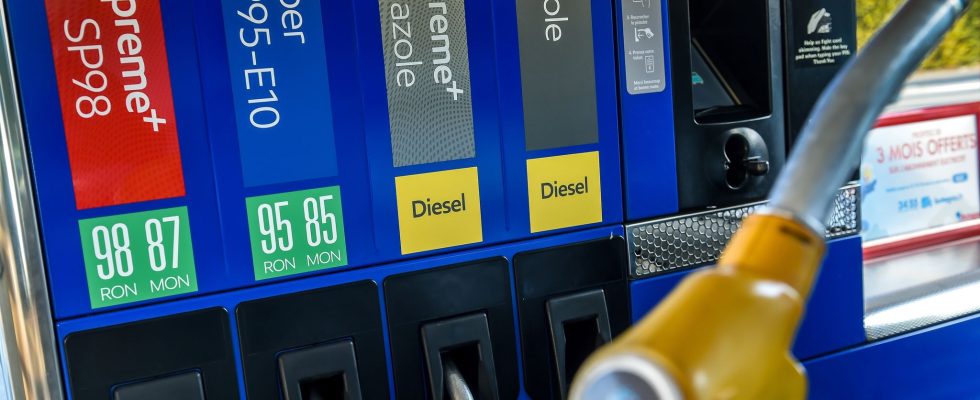Bad luck for consumers, prices at the pump are soaring this summer. The start of the school year is approaching and fuels are becoming more and more expensive, whereas their prices have come down in recent months. In early July, unleaded-95, which averaged 1.84 euros per liter, rose to 1.93 euros, according to data published by the Ministry of Ecological Transition Monday, August 21, 2023.
A liter of diesel rose to 1.90 euros, ie 14 cents more than at the beginning of July. “For comparison, on average in the world, the price of a liter of gasoline is €1.04, while the price of a liter of diesel is €0.97”, recalls the specialized magazine Auto More.
Stations at more than two euros
The bar of 2 euros per liter has even been exceeded in many stations, starting with the motorways, which are very busy in summer, report our colleagues from Parisian. How to explain the rise in the cost of gasoline in France? First of all, the price of black gold is split into several segments. It includes the price per crude barrel, the refining margin, and the distribution margin. Added to this is the 20% VAT and the Internal Consumption Tax on Energy Products (TICPE) which applies to petroleum products intended for use as fuel or heating fuel.
Its amount is set annually and entered in the finance law. Note that taxes in France weigh nearly 60% of the price of a liter of fuel.
“The refining margin for its part increased by 27% and the price of a barrel by 13.4%. This is therefore where most of the increase comes from”, supports the expert in energy question at the Sapiens Institute, Philippe Charlez, in The Midi Dispatch. What is the refining margin? This is the difference between the market value of refined products resulting from the industrial refining process and the purchase price of crude oil. According to Ufip Mobilités et Energies – which represents oil companies in France – the gross margin of refiners rose to 101 euros per tonne on average in 2022, compared to 14 euros in 2021.
OPEC tightens the taps
Certain parameters, such as the price per barrel, are not decided in France. Today, demand is very high and is peaking with motorists on the roads for school holidays. But in parallel, the offer tends to fall. Blame it on the members of the Organization of the Petroleum Exporting Countries (OPEC) – representing about 40% of crude production in the world – who want to keep prices relatively high.
In the lead, Saudi Arabia, which took the decision on July 1 to reduce its supply by 1 million barrels per day. Riyadh extracts only nine million barrels per day, against ten million previously. “The world market is around 100 million barrels per day. So it played out in July,” said economic history professor Philippe Chalmin, with our colleagues from France info.
Last June, the meeting of OPEC countries confirmed this strategy, which had the expected effect, leading to a rise in prices at the pump. They were at $70 a barrel and now we’re around $85 a barrel. However, other OPEC members are concerned that a slowing global economy could reduce demand for crude. Economic indicators for China, the main importer of oil, show a slowdown in growth, which could have a downward influence on the price of a barrel of Brent. This is why the markets do not believe in an uninterrupted rise in oil prices.
However, prices at the pump are not expected to melt anytime soon. The reduction in Saudi production will be extended at least until September. But French drivers are not the worst off compared to some of their European neighbours. It is in Iceland that a liter of unleaded petrol is the most expensive with an average price of €2.16/litre, followed by Monaco, with an average price of €2.9/litre. The price of gasoline tends to rise in rich countries, while developing countries that produce oil offer lower prices.
In the meantime, how can French motorists adapt? One of the solutions is to choose vehicles that consume less fuel or to favor carpooling solutions.
